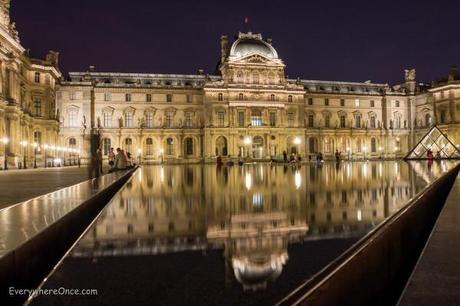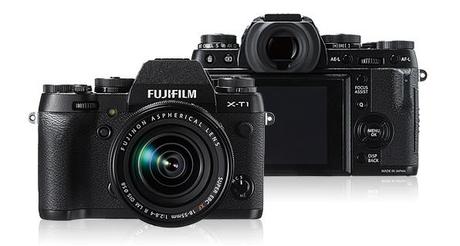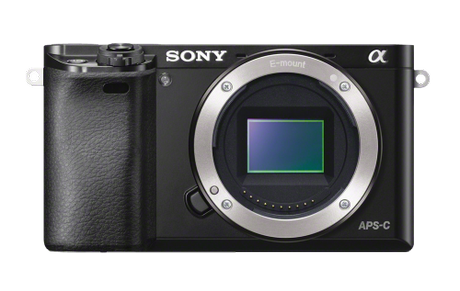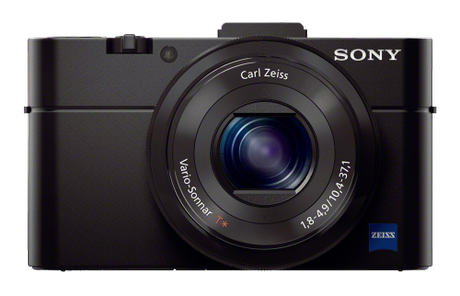
That is the question I’m asking myself this morning after my existing camera tumbled to a watery grave over the weekend. The above photograph is the last one my poor Sony NEX-7 will ever take.
Over the last four years of travel I’ve taken a bit of a round trip in terms of camera technology. I started out with a creaky old Lumix point-and-shoot that simply wasn’t up to the task. After a couple of months I traded up to an entry level Nikon DSLR. That camera is responsible for most of the images appearing on this blog.
The Nikon was a great camera to shoot with but somewhat less of a joy to carry. The burden wasn’t terrible when we traveled by car, but once we traded in our wheels for backpacks the size and weight of a big camera became more than I really wanted to bear. So late last year I downsized my DSLR to one of the new mirrorless interchangeable lens cameras.
After spending a considerable amount of money on my new camera kit, it didn’t totally blow me away. The image quality was about the same as the camera I had given up. And while the body of the NEX-7 is smaller than that of my old DSLR, it’s not exactly tiny once you add some lenses to the equation. I still ended up filling my old DSLR bag with the NEX 7, an 18-200 MM zoom lens and a 10-18 MM wide angle lens.
Now that I’m forced back into the camera market, I’ve started to wonder whether it’s time to regress back to a point and shoot.
One of the things that originally caught my attention about the new breed of mirrorless cameras was their promise of high end performance in compact sizes. I’ve found that promise only partially fulfilled.
Now I see that the higher-end mirrorless cameras are starting to grow ever larger. They have bigger bodies to accommodate larger sensors and larger lenses to make the most of all that camera power. Naturally their prices have grown accordingly. None of which is terribly appealing to me.
I understand that I’m difficult to please when it comes to my camera equipment. What I’m looking for in a camera is, quite simply, everything. I want superb image quality and great performance in low light conditions. I want a single sharp lens capable of widening out to capture interior spaces and zooming way in to photograph wildlife. I want to carry all of that in my pocket or in a smallish bag. And, oh yeah, I’d like it for a reasonable price.
Needless to say, I can’t get everything I want. If I prioritize image quality then I’ll need to suffer with a bigger and more expensive camera. I’ll also have to deal with the hassle and weight of multiple lenses.
If I prioritize size or cost, then I’ll have to sacrifice image quality and capability.
None of the choices are ideal. Here’s what I’m considering:
High End Mirrorless: Fujifilm X-T1

This is the camera I lean towards when I think about the joy of capturing and editing great images. From what I’ve seen it produces the cleanest captures of any camera in its class. To get better shots I’d likely have to step up to a meaningfully higher-end DSLR.
But this performance comes at a price, and in more ways than one. The Fuji X-T1 is a big camera with big lenses. It’s considerably larger than my defunct NEX-7 and is only marginally smaller than my old Nikon (5.1 x 1.8 x 3.5 inches vs. 5.2 x 3 x 4.1 inches.) Ideally I’d want at least two lenses to go with that big body, meaning I’m back to carrying and trying to find space for a bunch of heavy camera gear.
Oh, and the Fuji camera body at $1,299 is twice as expensive as the other things I’m considering.
Pros:
- Top notch image quality
- Good lens selection
- Weather proofed body
- The expanded capabilities of interchangeable lenses
Cons:
- Size
- Price
- Limited exposure bracketing
- The hassle of dealing with multiple lenses
Mid-Range Choice: Sony a6000

Sony’s new a6000 seems pretty comparable to the NEX-7 I used to own. I expect the image quality of the two cameras to be about the same, and judging from the headline photo, that is perfectly acceptable for my needs. And with the camera body selling for roughly half the price of the Fuji ($598 at Amazon), the a6000 is a pretty compelling option.
The other thing I like about the a6000 is that I already own a good wide angle lens for this camera body, so I won’t have to repurchase one. The same can’t be said for the big 18-200MM lens I was using most of the time. That took a dive along with my NEX-7. So I’d still need to acquire a primary lens for the a6000.
And that’s where my hesitation starts. The 18-200 MM I mostly used was a crappy lens. And while its huge telephoto range was super convenient, most of the issues I had with the camera stem from problems with that lens. It was big, and slow, and soft, and sometimes stopped working altogether.
I wouldn’t want to buy that lens again. But because the Sony line-up lacks a decent alternative, buying the a6000 would mean either re-investing in that same crappy lens or foregoing a long-zoom altogether. And if I’m not going to have the option of getting a long-zoom lens, I don’t really need an interchangeable lens camera at all.
The other problem with the a6000 is that the lens packaged with the camera isn’t that great either. Upgrading to one that doesn’t seriously gimp the camera’s capabilities (like the Zeiss 16-70MM) costs more than the camera itself. So combining the a6000 with a decent primary lens would put it in the same price category as the Fuji.
Pros:
Decent image quality
Small camera body
Low priced camera body
Interchangeable lenses
Cons:
Large, expensive lenses
Poor quality long-zoom lens
Interchangeable lenses
The Point and Shoot Option: Sony Cyber Shot RX100 II

Low-end cameras have come a long way since my old Lumix. These days plenty of people are producing pretty good captures right from their phones (although that isn’t at all true with my Samsung Galaxy Mini; its camera is a complete steaming pile).
To compete with the now ubiquitous and improving smart phone cameras, point and shoot makers have upped their game; adding larger sensors and better quality lenses. So much so that some are now sporting specs once only found on DSLRs.
Currently at the top of the heap is Sony’s Cyber Shot RX100 II, which seems to produce some pretty terrific images for a point and shoot camera. It also has many of the manual controls found on higher end cameras. And while it comes at a premium price for a point and shoot ($648 at Amazon), it still costs about half of what the other cameras I’m considering would run once you add in a comparable lens.
In terms of quality and capability I expect the RX100 II will be a a big step down from the Fuji or the a6000. It has a much smaller sensor and a somewhat limiting 28-100 MM zoom range. Because it’s a compact camera, there is no option to purchase wide angle or longer zoom capabilities.
One way to think about the limited zoom range is that it isn’t a huge departure from the a6000, where longer zoom options are possible but not terribly desirable. Of course the other way to think about it is that for roughly the same price as the RX100 II I can get the a6000 with the kit lens. That way I’ll have a better base camera and at least have the option of upgrading the optics. Touch choices.
What keeps me me coming back to the RX100 II, though, is the possibility of getting all the quality I need in a pocketable size. The entire thing takes up less space than the Fuji camera body alone. If the image quality is at all close, I may have found my travel camera Holy Grail.
Pros:
Small size
No need to juggle lenses
Price
Cons:
Inferior image quality compared with better interchangeable lens cameras
Limited zoom capability
I haven’t decided yet what I’ll do. Mostly because none of the options I’ve uncovered really excite me. There doesn’t yet seem to be a perfect camera for travel, so my search continues.

